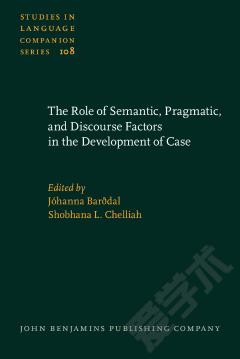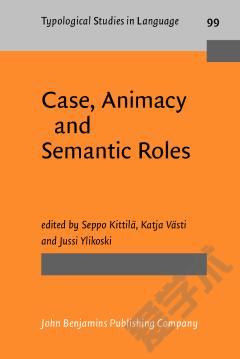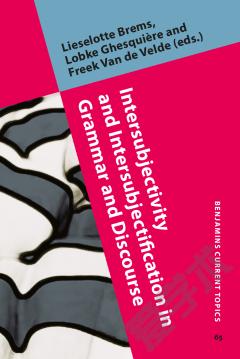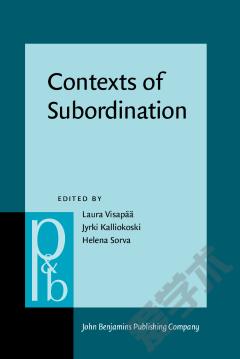The Role of Semantic, Pragmatic, and Discourse Factors in the Development of Case.
The aim of this volume is to bring non-syntactic factors in the development of case into the eye of the research field, by illustrating the integral role of pragmatics, semantics, and discourse structure in the historical development of morphologically marked case systems. The articles represent fifteen typologically diverse languages from four different language families: (i) Indo-European: Vedic Sanskrit, Russian, Greek, Latin, Latvian, Gothic, French, German, Icelandic, and Faroese; (ii) Tibeto-Burman, especially the Bodic languages and Meithei; (iii) Japanese; and (iv) the Pama-Nyungan mixed language Gurindji Kriol. The data also show considerable diversity and include elicited, archival, corpus-based, and naturally occurring data. Discussions of mechanisms where change is obtained include semantically and aspectually motivated synchronic case variation, discourse motivated subject marking, reduction or expansion of case marker distribution, case syncretism motivated by semantics, syntax, or language contact, and case splits motivated by pragmatics, metonymy, and subjectification.
{{comment.content}}








 京公网安备 11010802027623号
京公网安备 11010802027623号